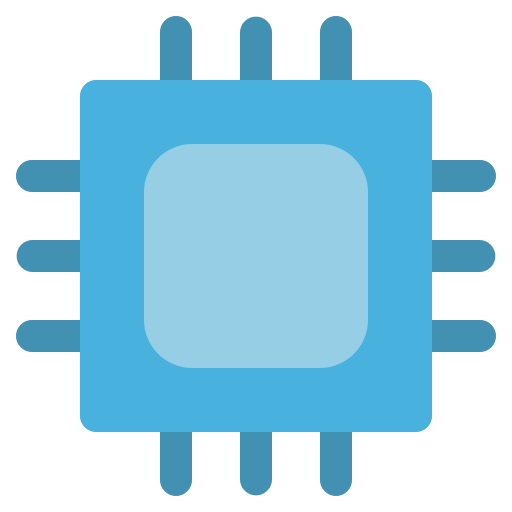

I’ll have to reuse that one.


I’ll have to reuse that one.


The best commentary I’ve ever heard on privacy was from the Girl in the movie Anon:
“It’s not that I have something to hide. I have nothing I want you to see.”
This to me encapsulates perfectly why everybody should want privacy.


This device is now mandated to watch TV or browse the internet in Germany:

But these sham community engagement exercises piss me off
That’s Google for you: they’ve been doing self-serving open-source for decades.
For instance: they open-sourced Android. That helped Android become the dominant platform and Google capture the cellphone market. Since then, Google has been slowly moving their stuff away from the open-source AOSP and into their proprietary stack, introduced proprietary features that are almost compulsory for a practical, working Android system like Play Protect, and are actively killing deGoogled ROMs.
There’s only one thing to keep in mind with Google: if they do something, it’s not in your interest, and they know how to play long games. Anything they do will be used against you some day.


That’s not great news. Softbank is kind of known for making terrible investments.
The only way Intel has a future is by relying on the Trump regime’s protectionism. But Trump and his regime won’t be there forever.


I’m a good 15 years younger than Steve Wozniak, but Steve Wozniak has always been a person I’ve aspired to become more like. He’s one of my personal heroes, and I hope to die a man as close to what the man he’s always been.

The AI bubble really is fit to burst.


My answer to this is: don’t clean and organize anything. Wherever my wife lets me get away with it, it’s been working great for me for the past 35 years.

I can write 100k lines of code a day too, even without AI, and it will be the shittiest code you never saw.

And that’s not counting the millions of workers who have no choice but to keep their job to make a living, and are forced to surrender their privacy working with ultra-privacy-invading corporate Microsoft cloud shit all bean counters in all companies in the world go for because the short term cost is lower.
Fuck Microsoft.

It’s almost like corporations are psychopathic in nature, and Tesla’s CEO is notoriously psychopathic to boot.

Same here. Luckily I’m old enough that I’ve never had to deal with this automated shit - and hopefully never will - and I’ve always managed to find a job without having to post my resume on LinkedIn or any other privacy-invading job listing site.
Fuck companies that make money out of people’s necessity to work - chiefly Microsoft, and now all the life-sucking AI companies slowly creeping into every workplaces.
And yeah, one thing is for sure: if your company finds it acceptable to interview potential employees with machines, it sure as hell isn’t a company I’d want to work for.


search “Hentai Alien Tentacle Porn” for you
This is suspiciously specific 🙂


Even if it was open source (it isn’t, because no model is really open source ultimately) and even if it let you review what it says it’s gonna do, AI is known for pulling all kinds of shit and lie about it.
Would you really trust your system to something that can do this? I wouldn’t…


I look forward to not installing it.


Stop using the internet.
Or participate in whatever underground mesh networking replacement crops up to replace it.


I live way up north in the boonies. My first neighbor is 5 miles from my place. Our sky is perfectly clear with zero light pollution. We get all the stars and the northern lights too.


Which one? Groucho, Chico, Harpo, Gummo or Zeppo?

FBI leaders? Where?
All I see is right-wing nutcase podcasters.
Boycott Intel products.
When you buy Intel products, American fascists earn money now.
Don’t fund fascism. Don’t buy Intel.